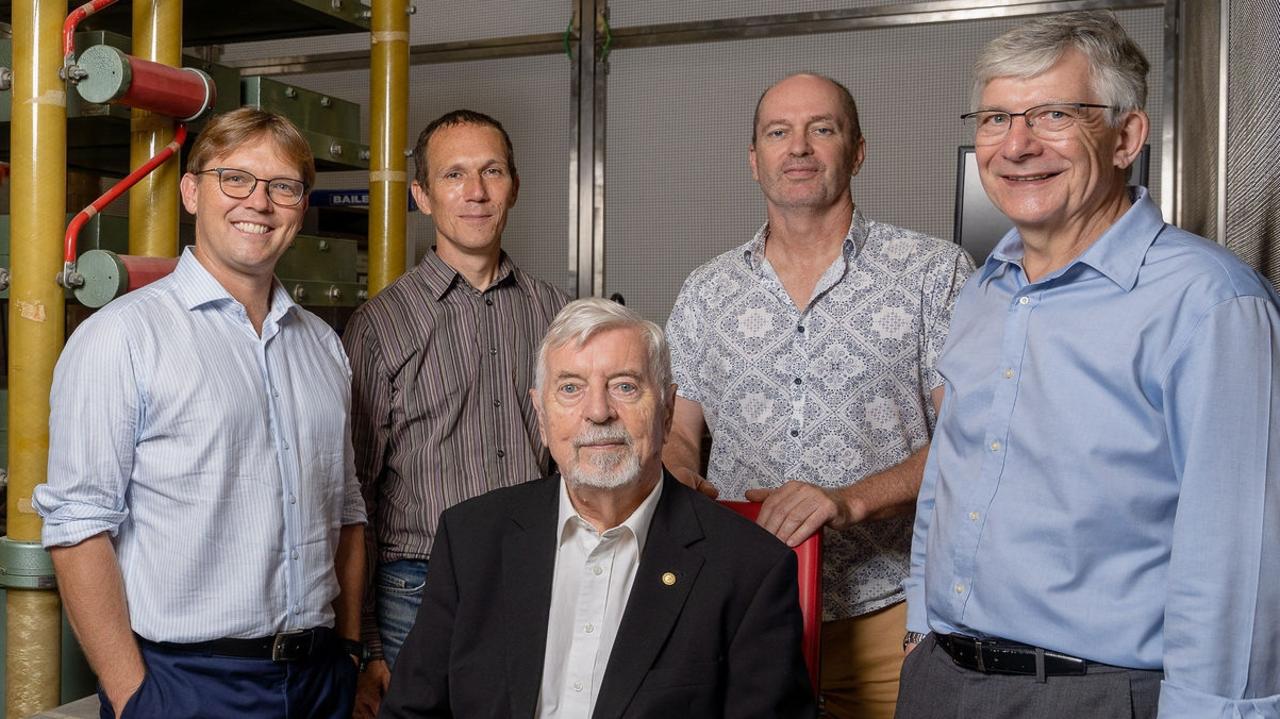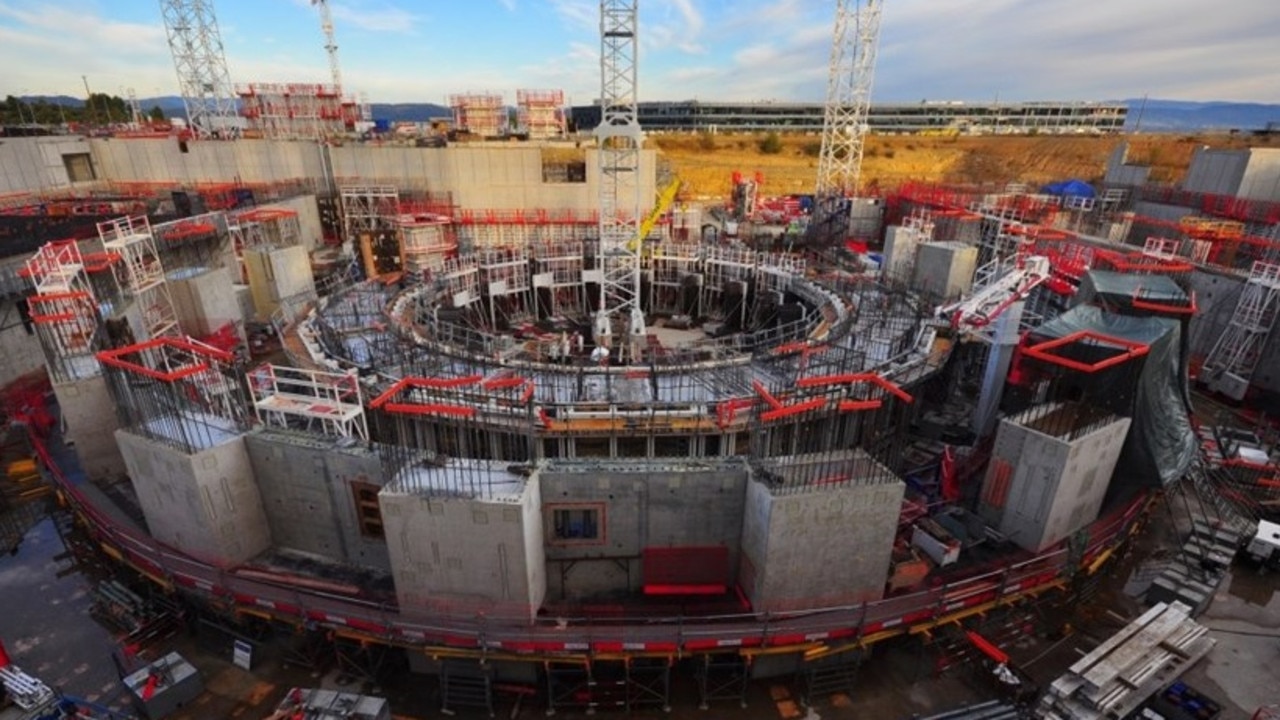UNSW students announce fusion power product which they say will drastically reduce power bills
Energy prices are a big part of the cost-of-living crisis crushing Australians, but some Sydney university students and tech visionaries are working on a new fuel that would eliminate power bills.

An Australian working at the leading edge of fusion power says the revolutionary new energy system could one day cut down household power bills by 90 per cent.
Dr Warren McKenzie, co-founder of private fusion power company HB11, made the startling claim in the same week Sydney’s UNSW announced students would begin building their own fusion power device to push Australia into the fusion age.
Fusion power generates energy by fusing light atoms together. Dr Warren said achieving a net energy gain – or the ratio between fusion energy out and energy in – of about 100 would mean the emerging technology could generate energy at today’s prices.
But a net gain of 1000 would cut power bills cut down by about 90 per cent and a net gain of 10,000 would mean an end to metering energy because it would be so cheap.
Last December, the Lawrence Livermore National Laboratory achieved a net gain of 1.5, a “Kitty Hawk” moment for the field.
A worldwide race to commercialise fusion is rising as energy prices skyrocket on supply shocks and climate change concerns propel demand for non fossil-fuel energy.

Dr Warren said traditional renewables like wind and solar could not meet the challenge.
“We know wind and solar are good, they are cheap, but they are nowhere near sufficient,” he said.
“If you purely look at the cost of energy from a supply demand perspective, if we turn off fossil fuels, demand is going to far outstrip supply for a very long time, and that means not just the price of electricity, but our quality of life in general will seriously decrease.
“In the long term, if we turn off fossil fuels, the energy price increases we are seeing today are not even the tip of the iceberg, they are a drop in the ocean.”
Fusion, the same process that powers the sun, is considered clean energy with near limitless supply.
HB11 uses boron as fusion fuel and Dr Warren said known reserves of boron could power the world for 10,000 years.

A massive $30bn reactor in France, called ITER Tokamak, is the world’s largest fusion enterprise, but students at UNSW think they can push the boundaries of fusion for less than $1m.
The students will build a small 1m-by-1m device to methodically solve the complex problems of fusion generation rather than introduce fuel to try and control and harness reactions like ITER.
Nuclear engineer Dr Patrick Burr is leading the project and said the students, in collaboration with industry experts, would pick apart fusion’s complex engineering problems “one at a time”.
“The challenges are engineering challenges, not physics challenges, and so we are going to pick those apart one at a time,” he said.
“One of them for instance is can we have really powerful magnets really close to one another without them blowing apart?

“For that, you don’t need a huge device, you can scale the same problem down, and those are the types of problems we are going to try and solve.”
The students will start with a version 1 device and continuously rebuild and innovate to solve more and more problems each year.
“When we connect fusion power to the electricity grid and start producing it commercially, it’s going to be a huge revolution,” Dr Burr said.
“It decouples the human need for energy, which will always grow, from the resources.”
UNSW expects the first device to be ready within three years.
The team will work with the Australian Radiation Protection and Nuclear Safety Agency and the Australian Safeguards and Non-Proliferation Office to ensure the project remains compliant with all regulations.




